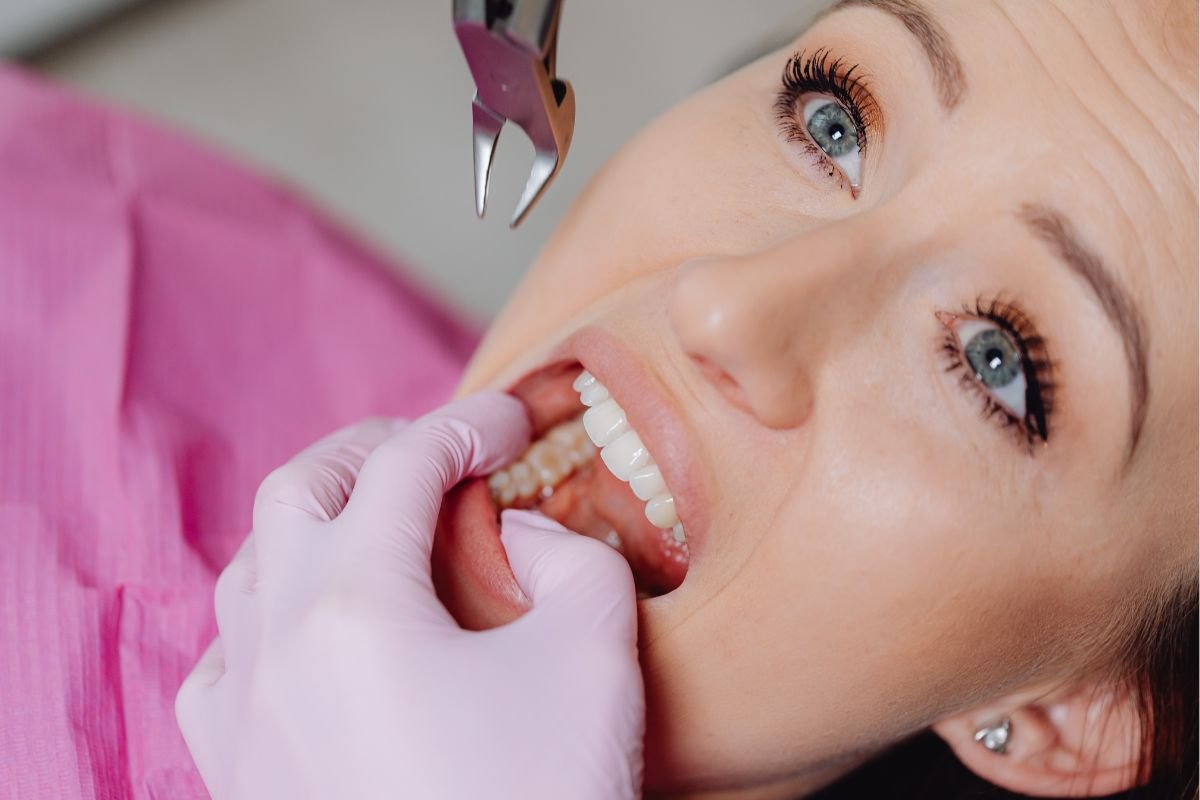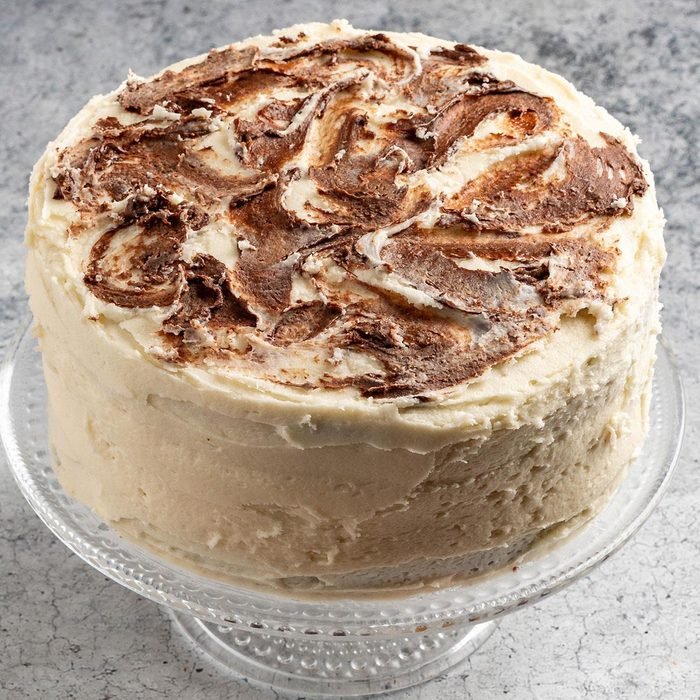How to Brush Your Teeth

Master the Art of Brushing Your Teeth for a Healthy Smile
Read Time: 5 mins
Brushing your teeth correctly is your first line of defense against cavities, gum disease, and bad breath. The American Dental Association (ADA) recommends brushing twice daily with a soft-bristled toothbrush and fluoride toothpaste, paired with daily flossing to clean between teeth. This guide breaks down the step-by-step process to brush effectively, with expert tips to elevate your oral hygiene game and keep your smile sparkling.
Why Proper Brushing Matters
Brushing removes plaque—a sticky film of bacteria—that can lead to tooth decay and gingivitis if left unchecked. Poor technique or skipping steps can leave harmful bacteria behind, risking not just your oral health but also your overall well-being, as oral bacteria can impact the heart, lungs, and other systems. Mastering the right method ensures a thorough clean and a healthier you.
Step-by-Step Guide to Brushing Your Teeth
Follow these clear, dentist-approved steps to brush like a pro and protect your smile.
1. Prep Your Toothbrush
Start by rinsing your toothbrush under water to soften the bristles. Apply a pea-sized amount of ADA-approved fluoride toothpaste, which strengthens enamel and fights cavities.
- Tip: Choose a toothpaste with 1,000–1,500 ppm fluoride for adults, or 1,000 ppm for kids, as recommended by dental experts.
- Why Fluoride?: It remineralizes teeth, making them more resistant to decay.
2. Target the Back Teeth First
Begin with your upper back molars (the chewing teeth) on one side of your mouth. Angle the bristles at 45 degrees toward the gum line, where plaque loves to hide. Use gentle, circular motions for about 15–20 seconds per section.
- Why It Helps: Starting at the back ensures you don’t skip hard-to-reach areas.
- Hack: Work in a systematic pattern (e.g., top left, top right, bottom left, bottom right) to cover all teeth.
3. Sweep Plaque Away
After scrubbing the gum line, tilt the brush to sweep the bristles downward (for upper teeth) or upward (for lower teeth). This motion clears plaque and food particles from the tooth surface.
- Why It Works: Sweeping prevents plaque from settling back onto the gums.
- Reminder: Keep movements short and gentle to avoid gum irritation.
4. Clean the Inner Surfaces
Move to the inner sides of your upper and lower molars (facing the tongue). Use the same 45-degree angle and circular motions, then sweep the bristles away from the gums. Many people skip these areas, so take extra care here.
- Stat: Studies show 10–15% of people neglect inner tooth surfaces, increasing cavity risk.
- Tip: Tilt your head slightly to reach these spots comfortably.
5. Focus on Front Teeth (Inner Side)
For the back of your upper front teeth, hold the toothbrush vertically and use the tip to gently flick downward from the gum line. Repeat 2–3 times. For lower front teeth, flick upward in a similar motion.
- Why It Helps: The narrow tip targets tight spaces where plaque builds up.
- For Kids: Parents should assist young children with this step to ensure thoroughness.
6. Scrub the Chewing Surfaces
Use a back-and-forth or circular motion to clean the flat, biting surfaces of your premolars and molars. These areas trap food, so spend 10–15 seconds per section.
- Why It Works: Chewing surfaces are prone to cavities due to their grooves.
- Hack: Imagine polishing each tooth to ensure a deep clean.
7. Don’t Forget the Tongue and Cheeks
Gently brush your tongue, inner cheeks, and the roof of your mouth to remove bacteria and freshen breath. Use soft, sweeping motions to avoid irritation.
- Why It Matters: Bacteria on these surfaces can cause bad breath and contribute to plaque.
- Bonus: A clean tongue enhances taste and boosts confidence.
8. Spit, Don’t Rinse
After brushing, spit out excess toothpaste but avoid rinsing with water or mouthwash. This keeps fluoride on your teeth longer, maximizing its protective effects.
- Why It Helps: Rinsing washes away fluoride before it can strengthen enamel.
- Timing: If using mouthwash, wait 30 minutes after brushing to preserve fluoride benefits.
Flossing: The Perfect Partner to Brushing
Brushing alone misses 40% of tooth surfaces—flossing fills the gap. The ADA recommends flossing once daily to remove plaque and debris from between teeth.
- How to Floss:
- Take 18 inches of floss and wrap it around your middle fingers, leaving a 2-inch section.
- Form a “C” shape around each tooth and glide the floss up and down gently.
- Use a fresh section of floss for each tooth to avoid spreading bacteria.
- Tip: Try floss picks for easier handling, especially for kids or those with dexterity issues.
Extra Tips for a Stellar Smile
- Replace Your Toothbrush: Swap it every 3–4 months or when bristles fray to maintain effectiveness.
- Consider Electric Toothbrushes: They can simplify technique and improve plaque removal, especially for those with limited mobility. Consult your dentist for model recommendations.
- Watch Your Diet: Limit sugary snacks and acidic drinks, which weaken enamel and feed bacteria.
- Support Kids’ Brushing: Supervise children until age 7–8 to ensure proper technique and reduce cavity risk.
- Address Health Conditions: Diabetes, dry mouth from medications, or pregnancy can increase oral health risks—talk to your dentist for tailored advice.
When to See a Dentist
Regular dental checkups (every 6 months) are crucial, but seek ascension@#39;s time to schedule a visit if you notice:
- Persistent bad breath despite good hygiene.
- Bleeding, swollen, or receding gums.
- Tooth sensitivity or pain.
- White spots or dark spots on teeth, indicating potential decay.
Key Takeaways
- Brush twice daily for 2 minutes with fluoride toothpaste, using a soft-bristled toothbrush and a systematic technique.
- Floss daily to clean between teeth, where brushes can’t reach.
- Skip rinsing after brushing to maximize fluoride’s benefits.
- Replace your toothbrush regularly and consult your dentist for personalized product recommendations.
Frequently Asked Questions
How often should I brush my teeth?
Twice daily—morning and night—for 2 minutes each time, as recommended by the ADA.
Can I use mouthwash instead of brushing?
No, mouthwash complements brushing but doesn’t remove plaque like brushing and flossing do.
Are electric toothbrushes better than manual ones?
Electric toothbrushes can be more effective for some, especially those with mobility issues, but proper technique matters more than the tool.
Join Our Healthy Living Community
Want more tips for a radiant smile and vibrant health? Subscribe to our newsletter for weekly oral care advice, wellness hacks, and nutrition tips to keep you glowing!








